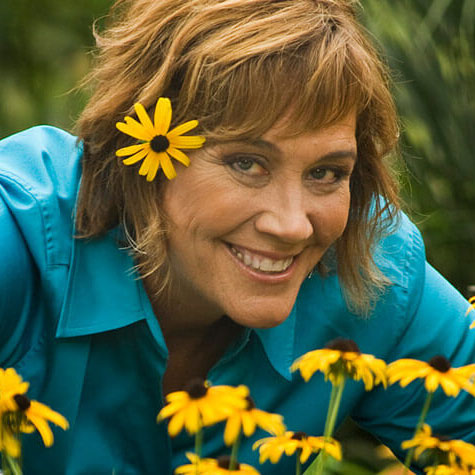
Melinda's Garden Moment Radio Tips

Melinda Myers
Nationally known gardening expert, TV/Radio host, author & columnist with over 30 years of horticulture experience and tons of gardening information to share! www.melindamyers.comMelinda's Garden Moment videos will help you create that beautiful landscape you’ve always wanted. Each week throughout the growing season, a new gardening video will be added right here, so be sure to stop back. You can also watch Melinda’s Garden Moments on your local network TV station affiliate.
Its beauty and adaptability has helped spider plant maintain its popularity for generations.
Also known as airplane plant, it prefers bright light but will tolerate lower light conditions. The spider plant is forgiving of those who tend to over or under water. It may develop brown tips on the leaves due to the fluoride and chlorine in the water. Just use rainwater or distilled water or keep the soil slightly moist to avoid this problem.
Grow spider plants in a hanging basket or on a pedestal to best display the tiny white flowers or baby plantlets on long stems, cascading from the mother plant. These can easily be removed from the parent plant or left intact to root and start new plants.
It’s non-toxic for cats and dogs but cat lovers may prefer to display their spider plants out of the reach of playful kitties.
A bit more information: Most gardeners grow the variegated cultivar with white and green striped leaves. ‘Vittatum’ has a white strip down the center of narrow green leaves. Curly spider plant (‘Bonnie’) has curled leaves with white stripes down the center of the leaves. ‘Variegatum’ has white edges along green leaves, opposite of ‘Vittatum.’